Spring 2021 STEMinar Schedule
Spring 2021
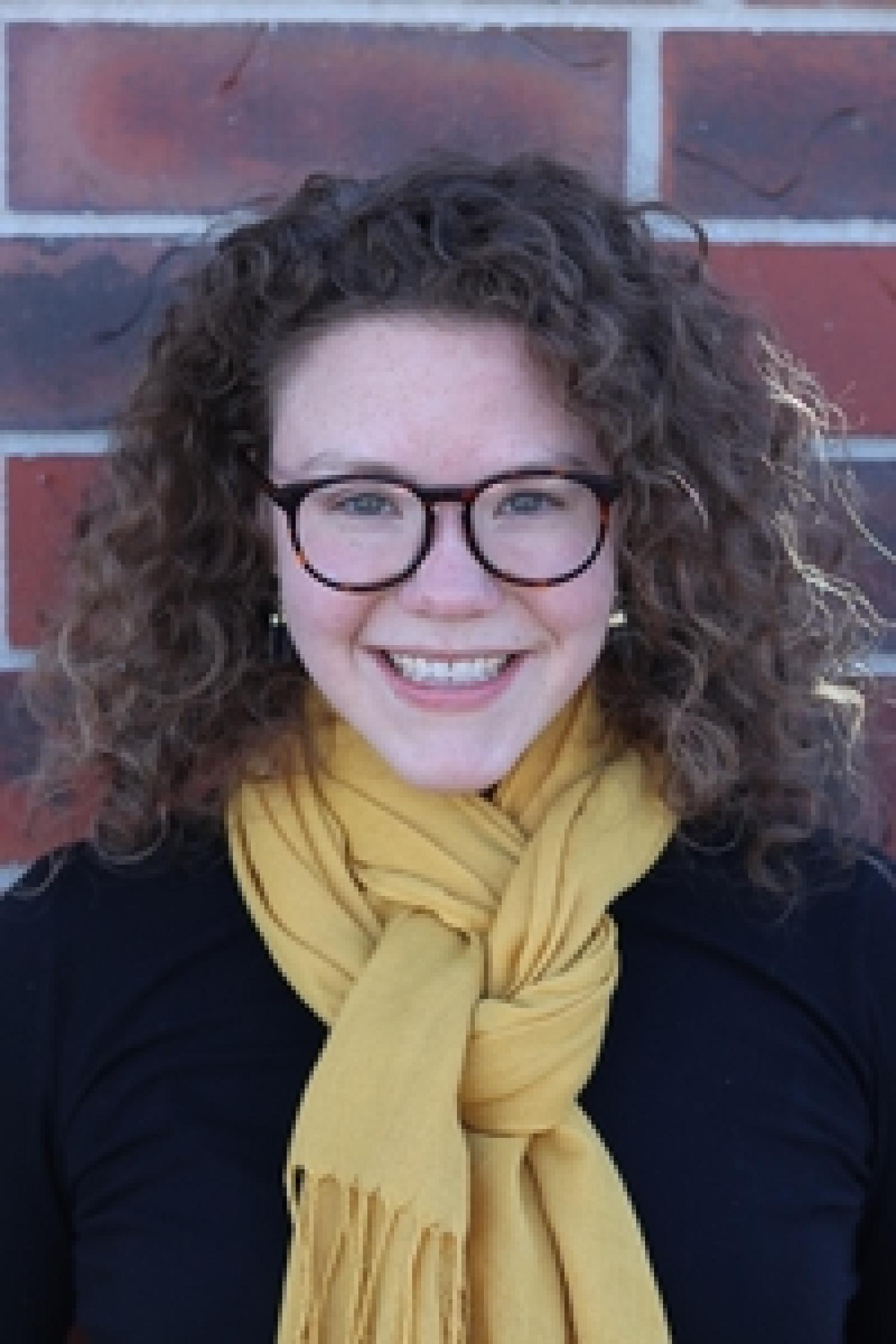
Speaker: Arika Egan
Title: "The Colorado Ultraviolet Transit Experiment: A Small Satellite Gazing at Big Exoplanets"
Department: Astrophysical and Planetary Sciences
Date: Tuesday, March 2, 2021
Location: On Zoom!
Time: 5:00 pm MST
Link to recorded talk: https://youtu.be/XzK6ajtW1x0
The past few years of space mission development has seen an increase in the use of small satellites as platforms for dedicated astrophysical research; they offer unique and complimentary advantages over large shared resource facilities like the Hubble Space Telescope, including: low cost and relatively low risk, quick development timelines, observing strategies often dedicated to niche but important science questions, and ample opportunity for students and early career scientists and engineers to be involved on the front lines of space mission development. The Colorado Ultraviolet Transit Experiment (CUTE) is a NASA-supported 6U CubeSat dedicated to observing the evolving atmospheres on short-period exoplanets with a combined data quality and volume unachievable by the majority of current and future space missions. CUTE will provide moderate resolution transit spectroscopy of approximately one dozen short-period exoplanets in an 8-month primary mission. The data will reveal crucial information regarding the shape, size, and composition of exoplanet atmospheres, contributing to our understanding of planetary formation and evolution. CUTE is undergoing integration and testing at the Laboratory for Atmospheric and Space Physics, with a planned launch in September of 2021 as a rideshare with the NASA Landsat 9 mission. This presentation will cover all aspects of the CUTE mission, including the mission integration and testing process, the planned mission operations, and the unique and complimentary science CUTE will provide to the field of exoplanet atmospheres.
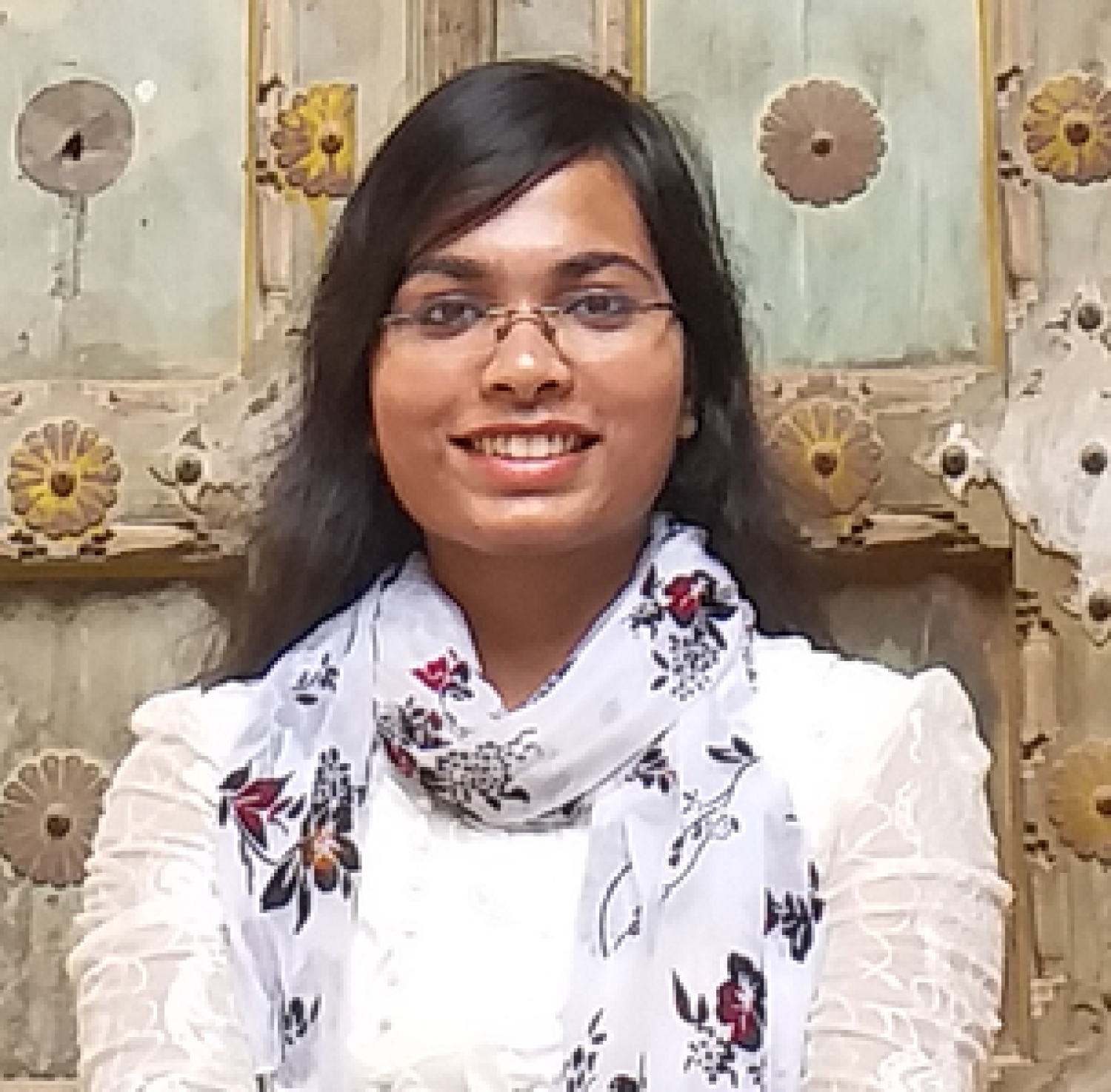

Speakers: Upasana Dutta and Rhett Hanscom
Title: "Analyzing Twitter Users' Behavior Before and After Contact by Russia's Internet Research Agency"
Department: Computer Science
Date: Tuesday, March 16, 2021
Location: On Zoom!
Time: 5:00 pm MST
For many years, the growth of online social media has been seen as a tool used to bring people together across borders and time-zones. However, malicious actors have been shown to have harnessed the tool of social media to instead test their hand at sowing regional discord. In recent years, social media platforms have been exploited to conduct election interference. In particular, the Russian-backed Internet Research Agency (IRA) has been identified as a key source of misinformation spread on Twitter prior to the 2016 U.S. presidential election. As it is known that Russia and other foreign actors have continued their efforts to sow discord around elections worldwide, it has become more important than ever to understand the trends in behavior of users targeted in Russia’s efforts. The goal of this research work is to understand whether general Twitter users changed their behavior in the year following first contact from an IRA account. We compare the before and after behavior of contacted users to determine whether there were differences in their mean tweet count, the sentiment of their tweets, and the frequency of tweets mentioning @realDonaldTrump or @HillaryClinton. Our results indicate that users overall exhibited statistically significant changes in behavior across these metrics, and that those users that engaged back with the IRA generally showed greater changes in behavior compared to those that did not.

Speaker: Corey Trujillo
Title: "Solar Remediation of Contaminated Soil"
Department: Mechanical Engineering
Date: Tuesday, March 30, 2021
Location: On Zoom!
Time: 5:00 pm MST
Contaminated soils require remediation to steward a healthy environment. Several types of remediation are well documented and have been successfully employed, including bioremediation, incineration, pyrolysis, and deposition in hazardous-material landfills. In particular, Self-sustaining Treatment for Active Remediation (STAR) has been explored as a remediation technique and consists of igniting and propagating a smoldering front through contaminated soil, using the contaminant as a fuel. A variety of experiments have been performed in both the laboratory and the field, which have shown ignition temperatures between 250 and 475°C. Although STAR shows promise, it can be cost prohibitive due to the high energy demand. Concentrated Solar Power (CSP) is proposed to meet this energy demand and consists of using reflectors to focus the Sun’s energy. CSP has been widely explored and implemented for the generation of heat and electricity. In particular, CSP technology from the Sol-Char Sanitation Project, which was developed to pyrolyze human waste into biochar, can deliver up to 80 W of solar energy per collector to the reaction chamber through fiber optic cables. Initial experiments have proven the viability of Sol-Char as an energy source for STAR - temperatures in excess of 600°C have been achieved. Experimental setup will be described and results will be shared.
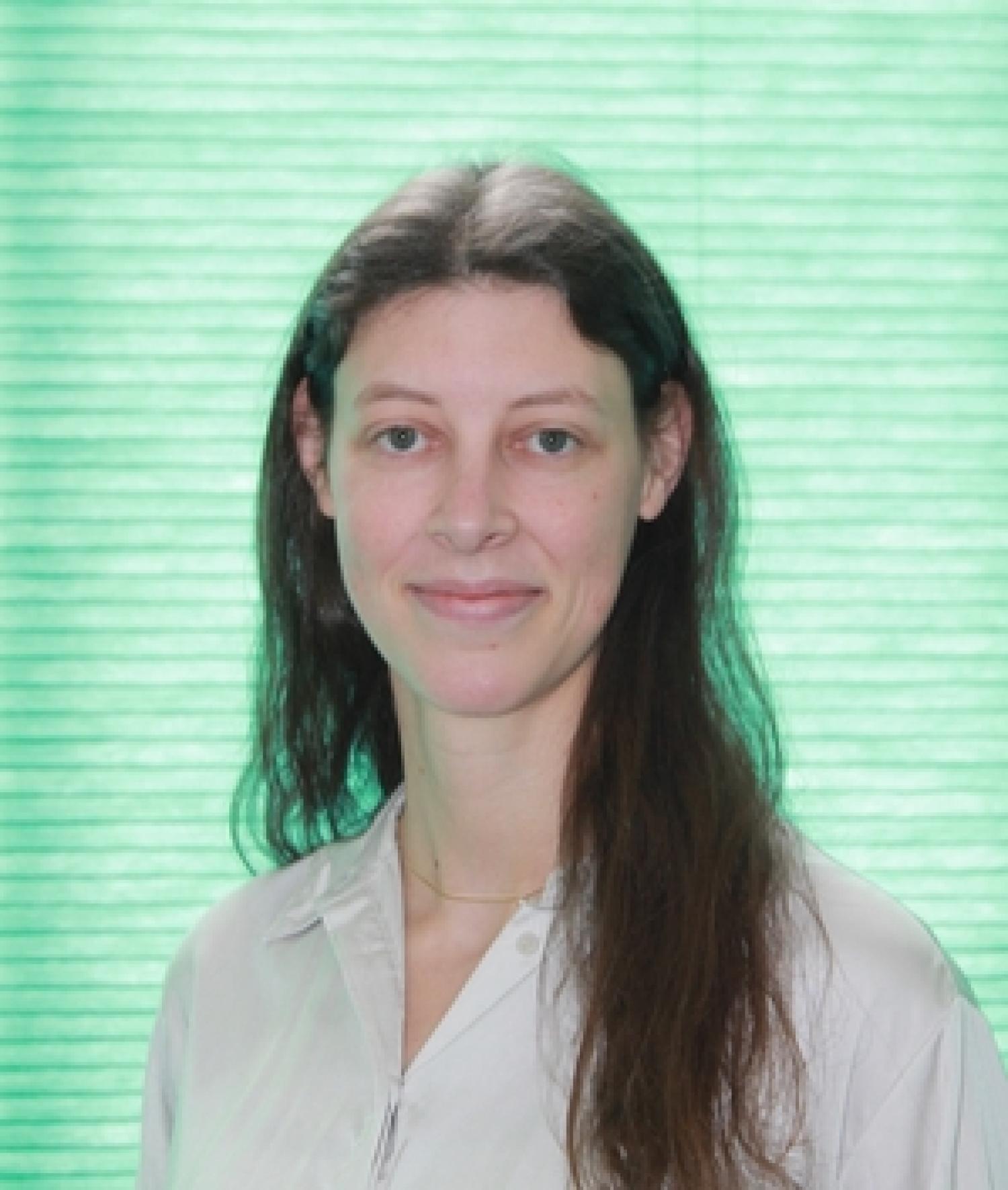
Speaker: Shay Gilpin
Title: "Mathematics of the Atmosphere and How We Predict the Weather"
Department: Applied Mathematics
Date: Tuesday, April 6, 2021
Location: On Zoom!
Time: 5:00 pm MST
Mathematics is a powerful language that can be used to describe the world around us. For over half a century, mathematics has played a crucial role in meteorology, particularly numerical weather prediction. Ever wonder how the weather app on your phone can tell you if it’s going to snow on Tuesday? It’s numerical weather prediction! Modern numerical weather prediction combines the mathematical equations that govern atmosphere with observations to predict the weather. In this talk, I’ll give an overview how mathematics is used describe our weather, from the pencil and paper math to the algorithms used on super computers.
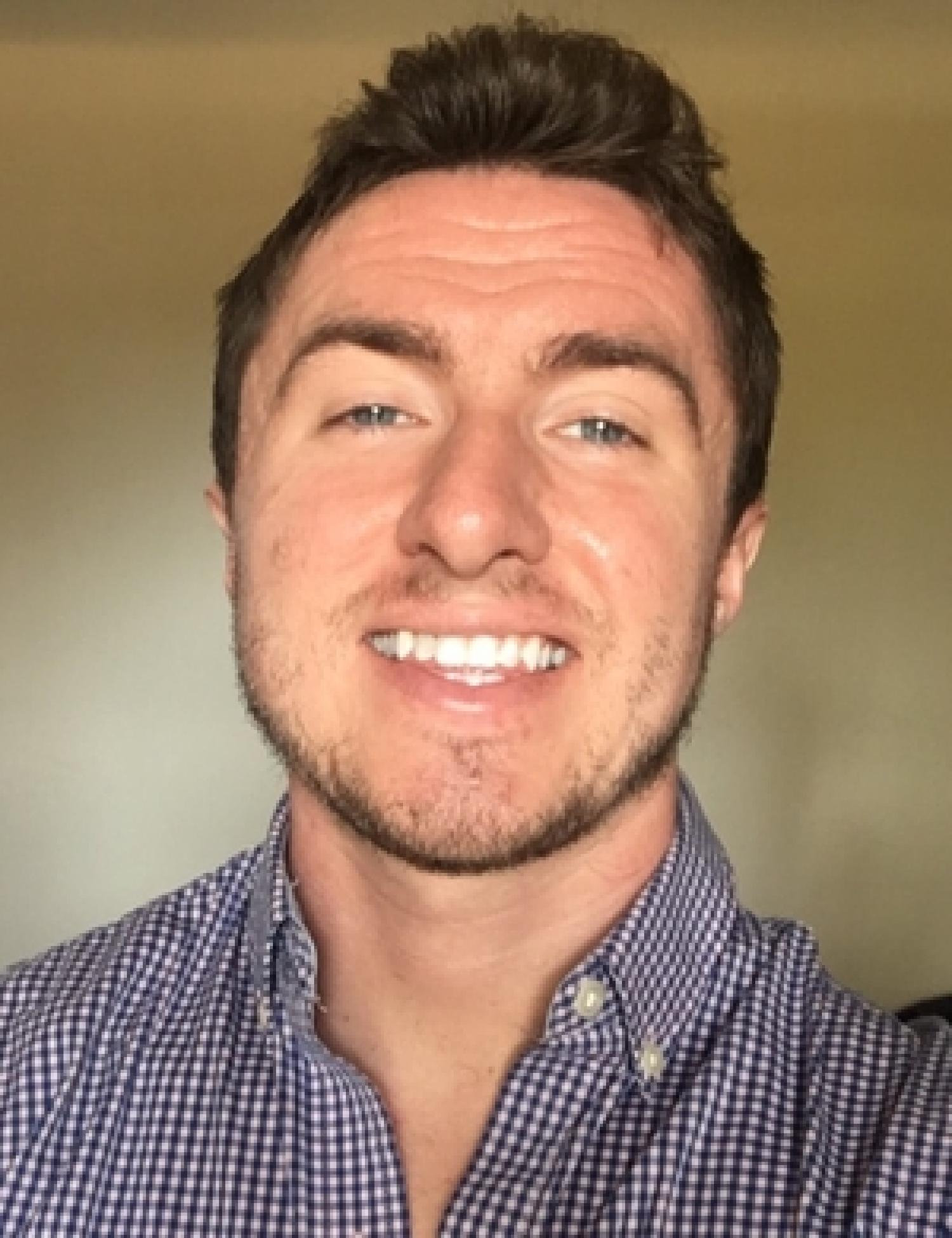
Speaker: Caleb Cord
Title: "Enabling local government support under a shifting policy landscape for sustainable rural water services in Uganda"
Department: Environmental Engineering
Date: Tuesday, April 13, 2021
Location: On Zoom!
Time: 5:00 pm MST
Link to recorded talk: https://youtu.be/DruDvprgWN8
Decades of infrastructure expansion without prioritizing sustainability have resulted in unreliable rural water infrastructure in sub-Saharan Africa. Maintaining existing infrastructure is necessary to achieve UN Sustainable Development Goal (SDG) 6.1: “availability and sustainable management of drinking water and sanitation for all” by 2030. Different arrangements for water infrastructure maintenance are employed around the world; for example, professionalized arrangements, such as the combination of rural self-supply and regional public utilities in the United States, exist within systems of clear legal frameworks and adequate regulation. In contrast, maintenance arrangements in sub-Saharan Africa, such as community-based management (CBM), are often ad-hoc and operate in the absence of these supportive systems, failing to improve service delivery and drive progress toward SDG 6.1. In response, innovative approaches aiming to sustainably maintain water infrastructure in these contexts are emerging and growing, and policies are emerging in countries like Uganda to support professionalized maintenance, though little is known about what conditions enable or hinder success across the service areas where these approaches are being implemented. Results will be shared from both qualitative and quantitative analyses of data from 12 months of fieldwork between 2018 and 2020 in Uganda, identifying emergent conditions which influence the success of these approaches in terms of service reliability, operational scale, and customer satisfaction. One important condition for all outcomes – local government support – will be presented in depth based on results from nearly 100 semi-structured interviews with local government actors, Uganda’s rural water service authorities. This research is funded by the USAID Sustainable WASH Systems (SWS) Learning Partnership and conducted alongside research partners in Uganda and Kenya.
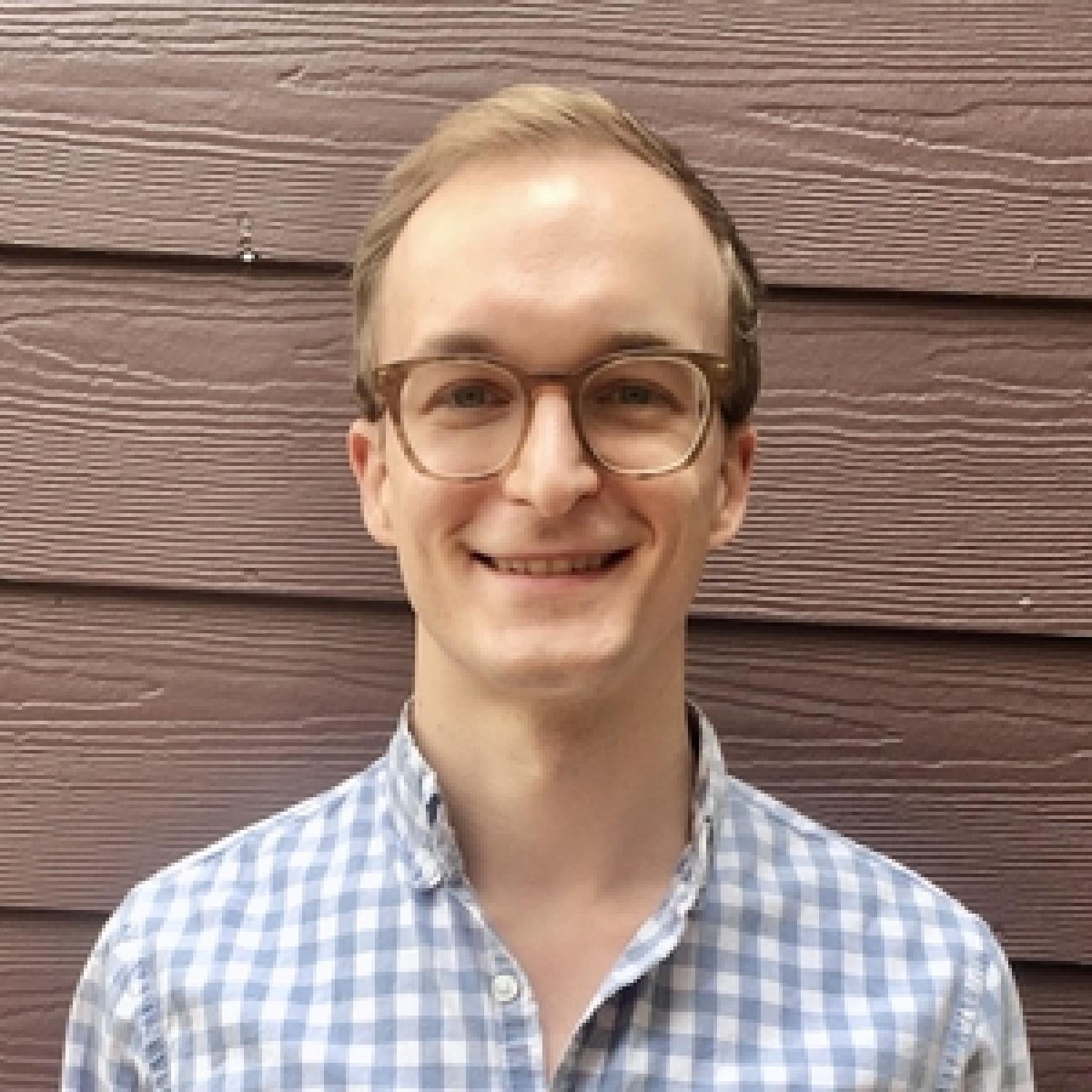
Speaker: Matthew Bentley
Title: "Addressing the emerging public health threat of global chemical pollution using a grassroots scientific educational tool"
Department: Environmental Engineering
Date: Tuesday, April 27, 2021
Location: On Zoom!
Time: 5:00 pm MST
Link to recorded talk: https://youtu.be/Frnw5xnQKgA
The provision of safe and sustainable drinking water is currently under threat due to the ubiquitous presence of chemical pollutants in global water sources. Human exposure to many organic and inorganic chemical toxicants is associated with a wide range of negative health effects such as diarrheal disease and stunting. Many chemical toxicants weaken the body’s immune system, impairing the body's response to infectious diseases such as COVID-19, and reducing the effectiveness of vaccinations.
Recent studies have even linked the severity of COVID-19 cases with exposure to per- and polyfluoroalkyl substances (PFAS), a common chemical contaminant found in global water sources. Globalization has led to rapid and largely unregulated import, production, use, and untreated disposal of large quantities of hazardous chemicals throughout the developing world, with profound effects on the environment and human health. Many international development practitioners, organizations, and donors have failed to address chemical pollution as a contributor to the global burden of disease.
To address this crisis, I am developing a novel, freely-accessible chemical risk assessment tool based on the best available scientific data surrounding chemical occurrence, sources, and risk factors. The Chemical Health Risk Identification System (CHRIS) is a tool designed to make chemical risk assessment more widely available to communities affected by chemical pollution that is able to predict chemical risks based on a set of survey questions and propose appropriate mitigation strategies so individuals and communities can meet their needs. CHRIS will allow for novel, grassroots approaches to the problem of chemical pollution, improving human and environmental health.

